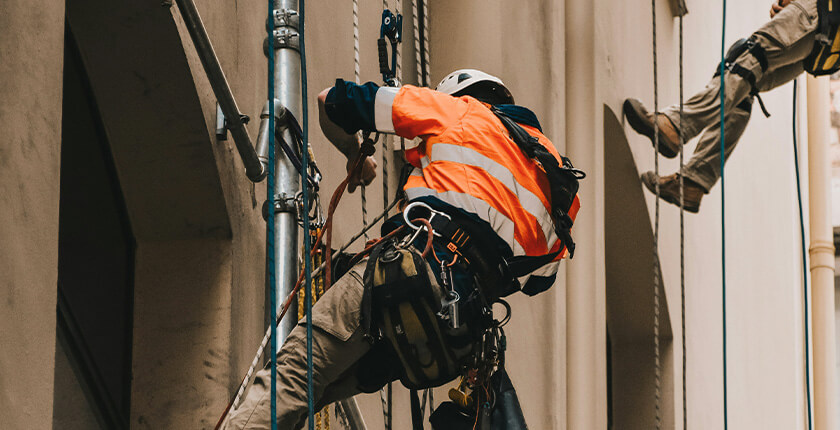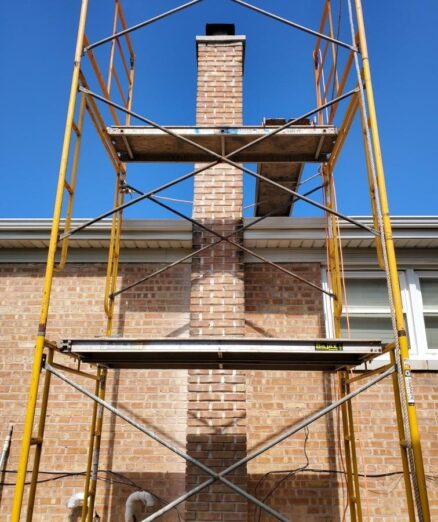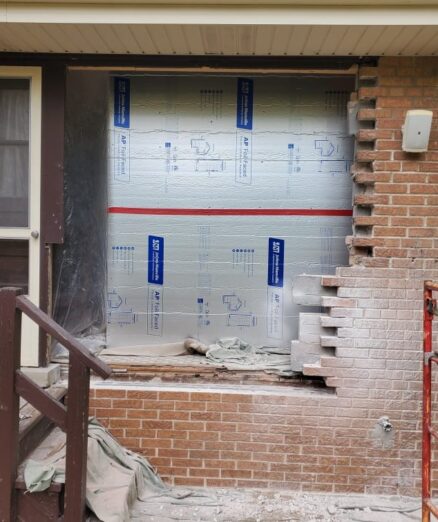
Types of Masonry Restoration
01. Repointing
Replacing deteriorated mortar in joints to restore structural stability and prevent water infiltration. Common for aging brick or stone masonry.
02. Cleaning and Surface Restoration
Removing dirt, moss, or pollutants from masonry surfaces using techniques like pressure washing, chemical cleaning, or sandblasting.
03. Crack Repair
Fixing structural and non-structural cracks in masonry using epoxy injections, grout filling, or stitching methods.
04. Structural Reinforcement
Strengthening weak or damaged masonry walls by adding steel reinforcements, carbon fiber wrapping, or rebuilding damaged sections.
05. Stone Replacement or Repair
Damaged or deteriorated stones are replaced or repaired using matching materials to maintain historical accuracy and structural integrity.
06. Brick Replacement
Removing and replacing damaged or spalled bricks to restore the original appearance and functionality.
07. Waterproofing
Applying sealants or water-repellent coatings to prevent moisture penetration and reduce freeze-thaw damage.
08. Restoration of Decorative Features
Repairing ornamental masonry elements like carvings, cornices, or friezes to preserve architectural details.
09. Façade Stabilization
Using anchors, ties, or structural supports to stabilize bowing or bulging masonry walls.
10. Historic Masonry Restoration
Specialized restoration techniques for historically significant buildings, often requiring compliance with preservation standards.
Our benefits
- Building the future powred by innovation
- Backed by highly skilled workforce
- We ure only the highest quality materials
- Focus on engineering excellence
- Exposure and expertise in diversified verticals
- Wide range of interiors designs collection
- 24/7 support for regular customers
- Free consultation and delivery of materials
Frequently asked questions
Why is masonry restoration important?
It maintains the structural integrity, aesthetic appeal, and historical value of buildings while preventing further deterioration.
How do you determine if masonry needs restoration?
Look for signs like cracks, spalling, bulging, missing mortar, water damage, or efflorescence. A professional assessment is recommended.
What is repointing, and why is it necessary?
Repointing involves replacing damaged mortar joints to restore strength and prevent water infiltration. It’s essential for aging masonry structures.
How do you match materials for restoration?
Materials are matched by analyzing the original masonry's texture, color, and composition to ensure visual and structural consistency.



